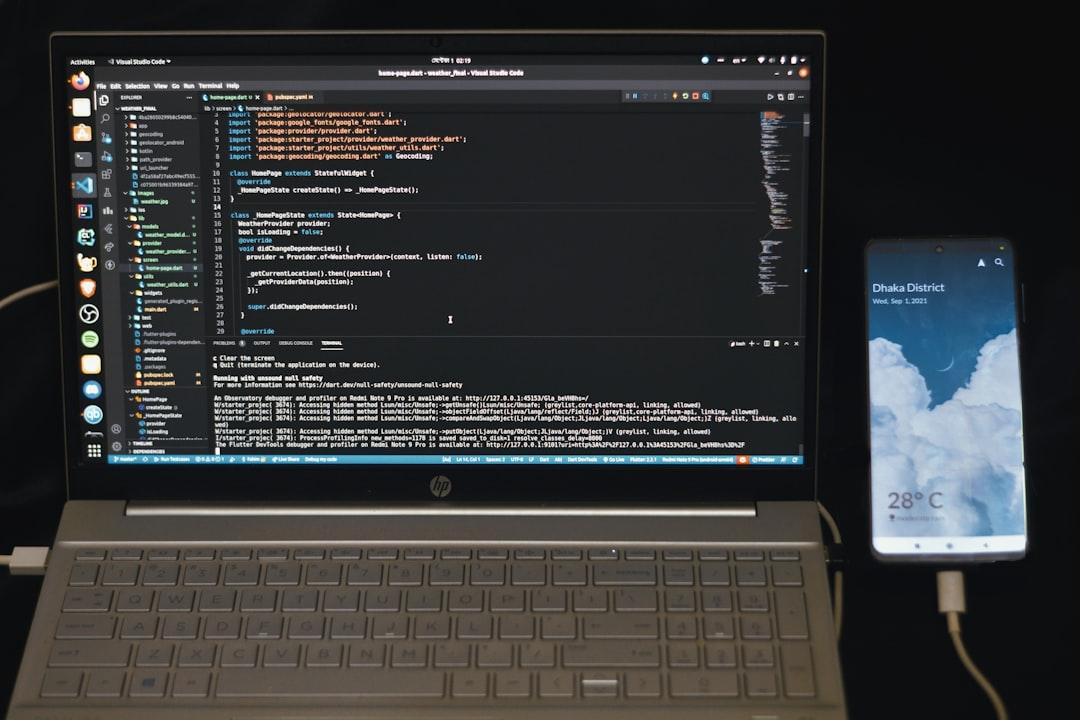The Importance of Translation Key Management
While you might be familiar with the general localization process, effective management of translation keys is a crucial detail that often gets overlooked. A disorganized key structure can lead to key duplication, inconsistent naming, and confusion for translators, ultimately slowing down your workflow and complicating future updates.
Adopting a solid naming and organizational scheme is essential for making localization simpler and more scalable, both for the current app version and as you expand into new languages and features.
10 Best Practices for Organizing Translation Keys
- Adopt a Consistent Naming Scheme
Establish clear and consistent guidelines for how all keys are structured across the team. Inconsistent structures lead to chaos.
Example (Grouping by Element): button.save, button.cancel, input.name
- Use Descriptive Names
Every key should clearly describe its function. Descriptive names provide immediate clarity for both developers and translators, reducing the chance of mistranslations due to lack of context.
- Namespace Keys Logically
Group your translation keys into namespaces based on your app's structure. This could be by site page, app section, or logical component, making management much easier as the application grows.
Example Namespaces: orders, profile, forms, errors.
- Create a Global Namespace for Common Keys
Many strings (like "Save," "Next," or "Cancel") are reused across multiple components. Grouping these common keys under a global or general namespace helps maintain consistency and prevents unnecessary key duplication.
- Reduce Duplication, But Be Context-Aware
While reducing key duplication is important for file cleanliness, avoid creating a single "god" key for every instance of a word. Words change meaning based on context (e.g., "Close" used for a window versus "Close" used for a sales opportunity). Use separate keys when context dictates different translations.
- Never Concatenate Translations
Concatenating—or combining—multiple translation keys to form a new string is a major anti-pattern. This practice leads to localization issues, as word order and grammar rules vary drastically across languages. Always translate the complete sentence or phrase as a single key.
- Regularly Audit and Remove Unused Keys
As your codebase changes, you will accumulate "orphan" keys that are no longer referenced. Routinely audit your files and remove these unused keys to maintain a clean and manageable localization system.
- Separate Files by Language and Scope
Storing all translation keys for all languages in a single, massive file is not scalable. Organize translations into separate files and folders based on both language and scope (e.g., en/orders.json, de/profile.json).
- Provide Context for Translators
In large projects, context is vital. Always provide documentation or comments for translation keys, especially when the key name itself isn't fully self-explanatory or when the meaning depends on a specific user flow or UI element.
- Review and Refactor Periodically
Your app is constantly evolving, and so should your key management strategy. Schedule regular reviews to refactor your translation files, ensuring the structure remains clean, logical, and aligned with the current state of your application.
By adopting these practices, both developers and translators will benefit from a cleaner, more scalable workflow, ensuring your app's localization process runs smoothly as you continue to grow.

